This morning during the book reading session with out 3- 4 YO we read a book called The Way I Feel by Janan Cain. Children began by revisiting the emotions they were already familiar with through a song and picked 2 new vocabulary "Silly" and "Scared" from the book to go deeper. Children explored silly by showing different funny expressions and scared by drawing instances where they felt scared.
Later that day during the Sports hour, children were learning to kick the ball in the playground. 4 YO K with all his strength kicked a ball and his shoes went flying in the air. He picks his shoes and comes running towards the facilitator for help and says "Silly!"
Connection making is a crucial skill that helps in the cognitive development of children, the skill involves recalling information from our memory, compare and contrast and chunking and sorting. Eg. K made a connection between the shoe flying and how that made him feel and used the new word he learnt to describe it.
At SM connected learning in one of our values, we believe that learning is deeper and wider when all the learning areas (Math, Science, Social Studies, Languages) are connected to each other and in turn connected to life. And children learn concepts in connection to their life hence making learning purposeful and whole. Additionally here, when you can learn to laugh at yourself it's a gift the child takes for life.
Contributed by Yashika CG, Learning Facilitator at Sparkling Mindz Global Preschool.
#sparklingmindzglobalpreschool
#inspiringconfidentlearners
#21stcenturylearning
#makingconnections
#everychildcan
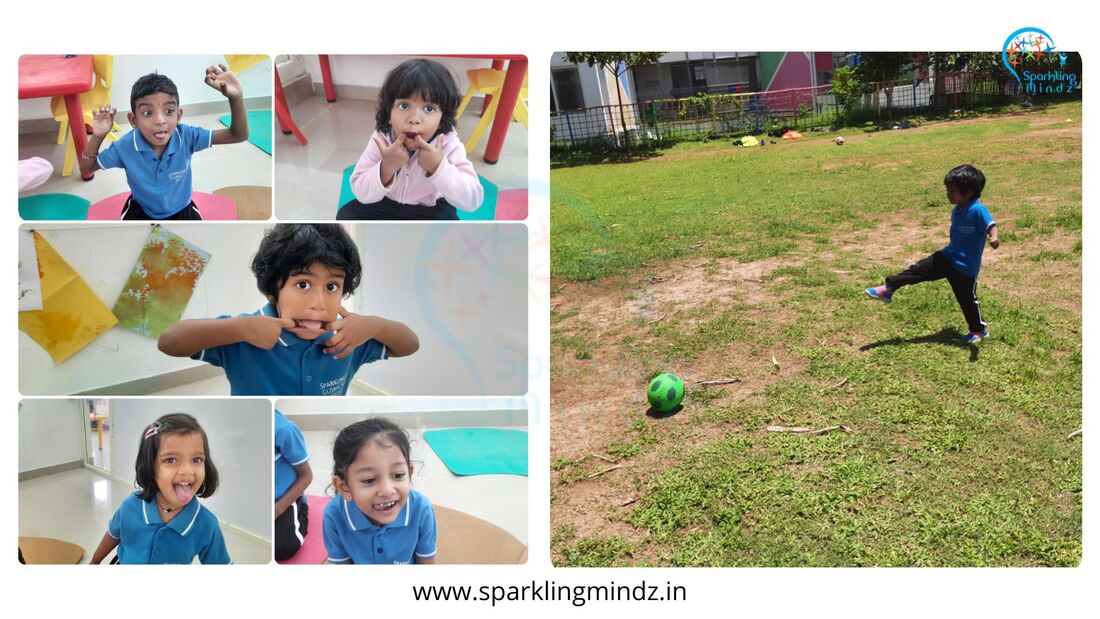
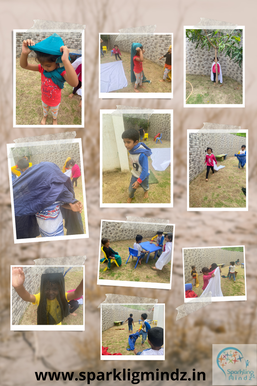
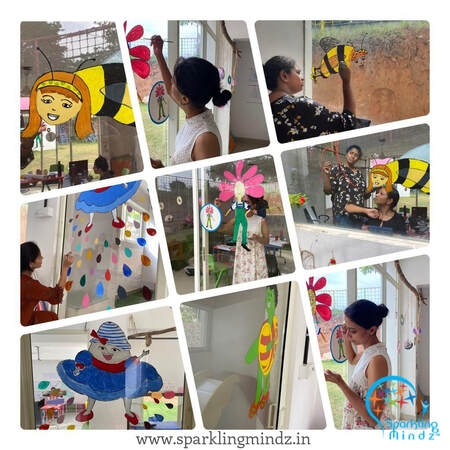

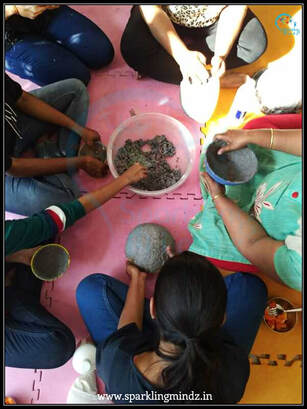
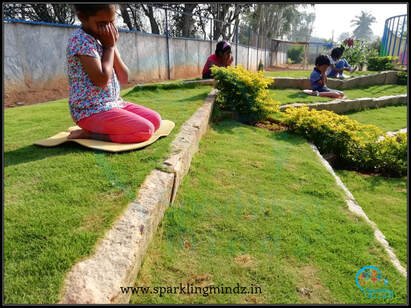
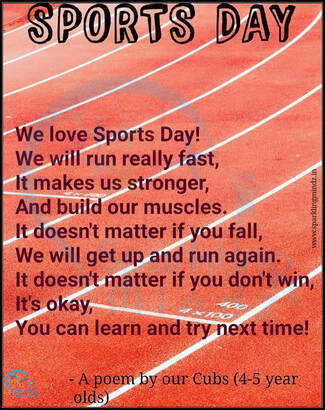
 RSS Feed
RSS Feed